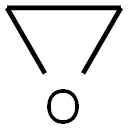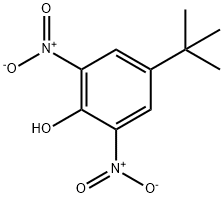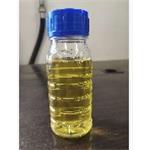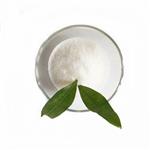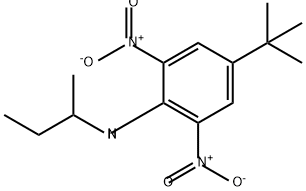
BUTRALIN
- Product NameBUTRALIN
- CAS33629-47-9
- CBNumberCB2496418
- MFC14H21N3O4
- MW295.33
- EINECS251-607-4
- MDL NumberMFCD00128046
- MOL File33629-47-9.mol
- MSDS FileSDS
Chemical Properties
| Melting point | 60-61° |
| Boiling point | bp0.5 134-136° |
| Density | 1.1489 (rough estimate) |
| vapor pressure | 0.001Pa at 25℃ |
| refractive index | 1.5700 (estimate) |
| Flash point | open cup: 97°F (36°C) |
| storage temp. | 0-6°C |
| solubility | Chloroform (Slightly), DMSO (Slightly), Methanol (Slightly, Sonicated) |
| pka | -3.50±0.50(Predicted) |
| Water Solubility | 308μg/L at 25℃ |
| Merck | 13,1531 |
| BRN | 2947948 |
| LogP | 4.93 at 23℃ |
| CAS DataBase Reference | 33629-47-9(CAS DataBase Reference) |
| EWG's Food Scores | 1 |
| FDA UNII | 5CZK3K1YPB |
| EPA Substance Registry System | Butralin (33629-47-9) |
| UNSPSC Code | 41116107 |
Safety
| Symbol(GHS) |
  
|
| Signal word | Warning |
| Hazard statements | H302-H319-H341-H410 |
| Precautionary statements | P202-P264-P273-P301+P312-P305+P351+P338-P308+P313 |
| Hazard Codes | T,N,Xn |
| Risk Statements | 24-36/37/38-50/53-36-22-63 |
| Safety Statements | 26-36/37-45-60-61 |
| RIDADR | 1325 |
| WGK Germany | 3 |
| RTECS | BW9500000 |
| HazardClass | 4.1 |
| PackingGroup | II |
| HS Code | 29214990 |
| Hazardous Substances Data | 33629-47-9(Hazardous Substances Data) |
| Toxicity | LD50 orally in rats: 2500 mg/kg (McLane) |
